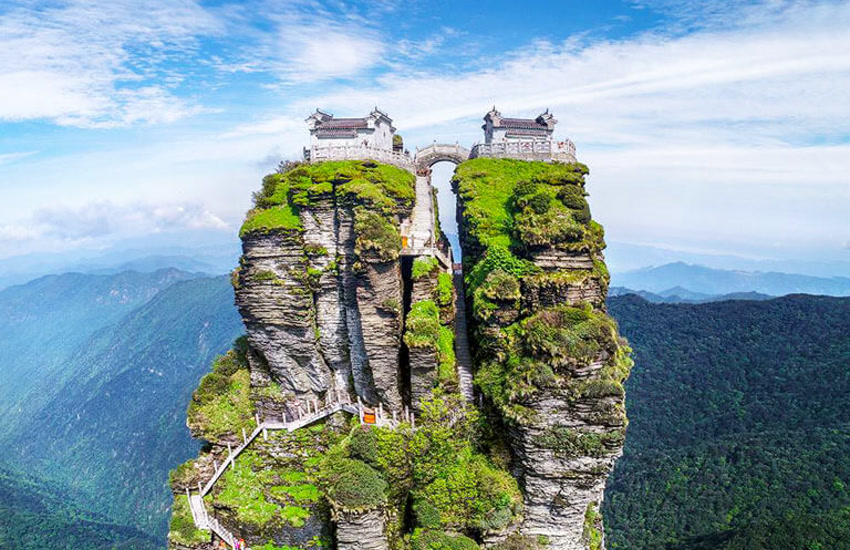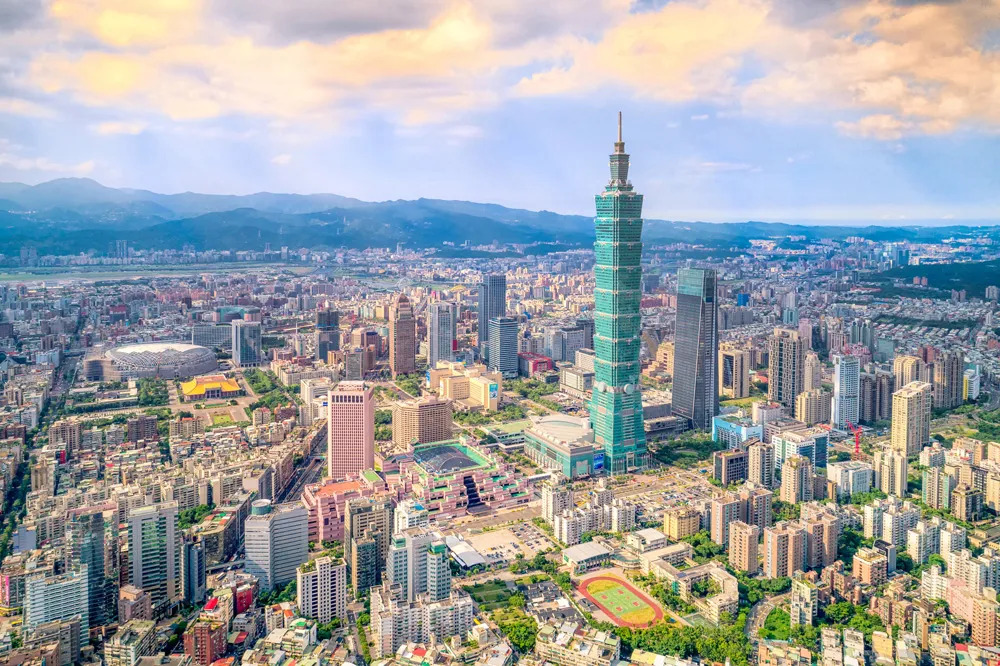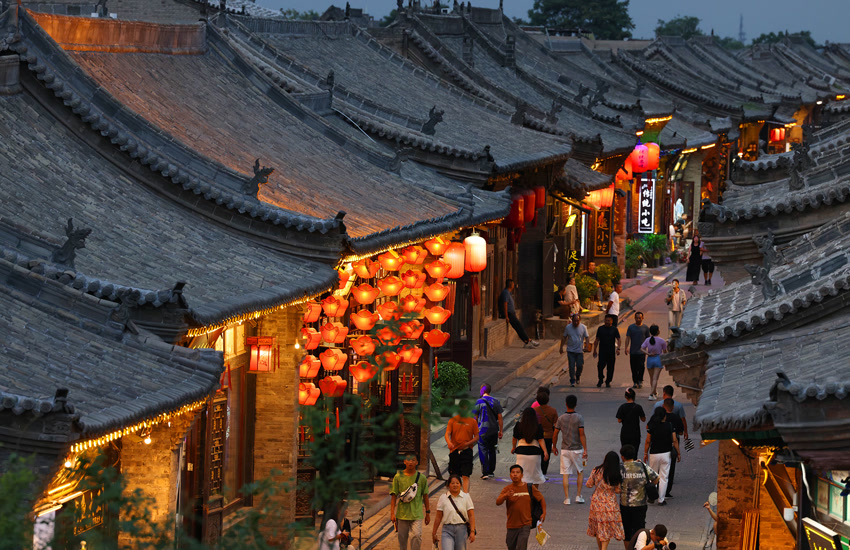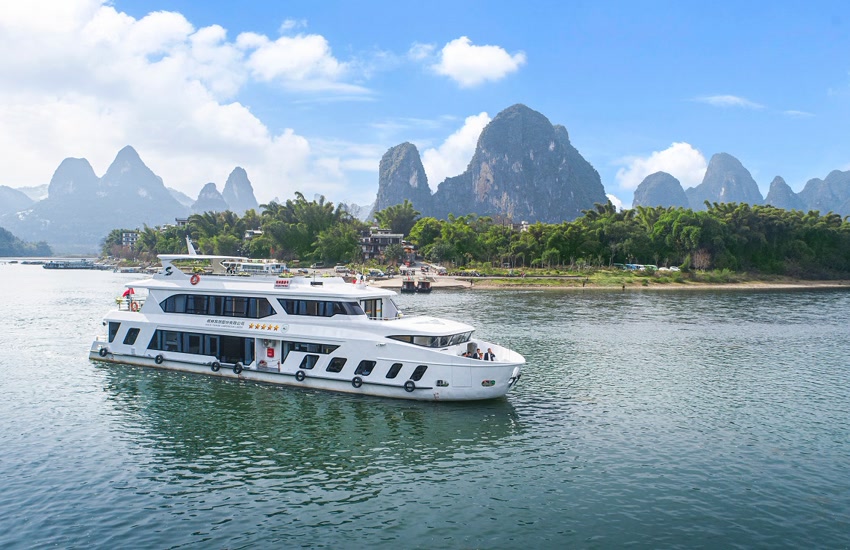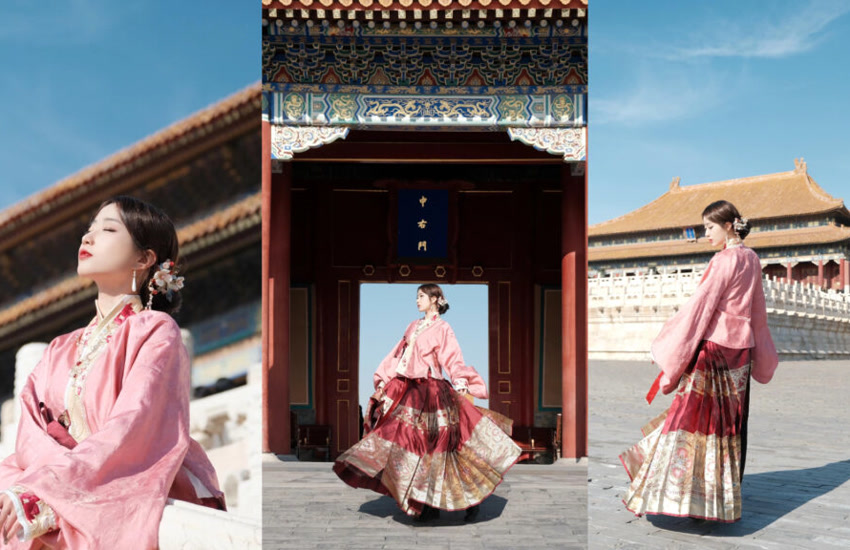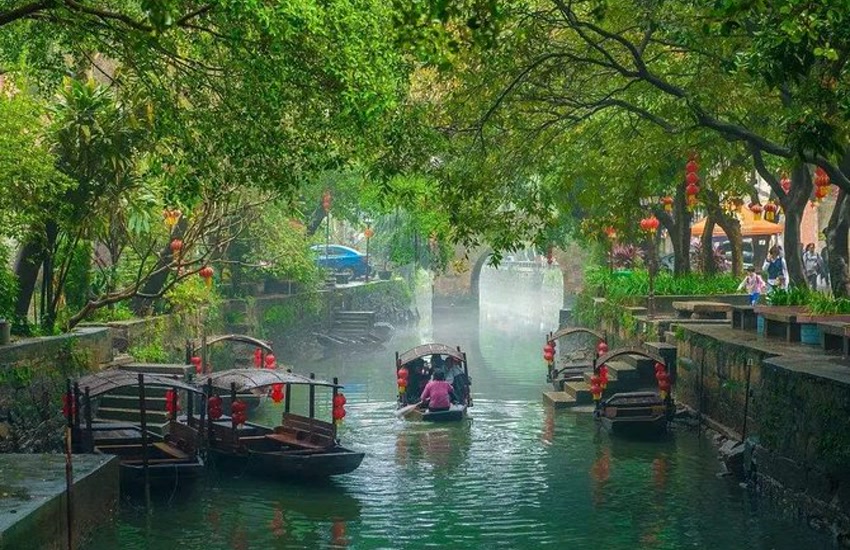
Okay, globetrotters, listen up!
If you’re anything like me, the word “Yunnan” probably conjures up images of misty mountains, ancient teahouses, and a culture as vibrant and diverse as a peacock’s plumage.
Well, you’re not wrong! Yunnan province, tucked away in southwest China, is a feast for the senses, a place where the air smells of blooming flowers and the echoes of centuries past still resonate in the cobblestone streets.
Why Yunnan? Why Now?
Unparalleled Natural Beauty
Think towering snow-capped mountains, lush forests, cascading rice terraces, and crystal-clear lakes. Yunnan is a photographer’s dream and an outdoor enthusiast’s paradise.
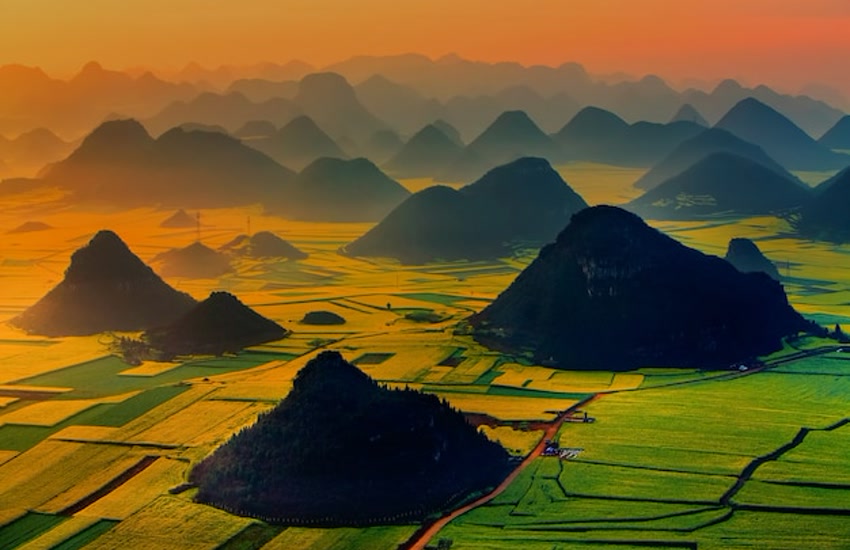
Cultural Kaleidoscope
Home to over 25 ethnic minority groups, Yunnan boasts a rich tapestry of cultures, each with its unique customs, traditions, and languages. You’ll encounter vibrant festivals, intricate handicrafts, and warm hospitality at every turn.
Delicious Cuisine
Forget bland Chinese takeout! Yunnan cuisine is a revelation, blending local ingredients with bold flavors. From Crossing-the-Bridge Noodles to wild mushrooms and yak cheese, your taste buds are in for a treat.
The Ultimate 7-Day Yunnan Itinerary
Days 1 & 2: Kunming – The City of Eternal Spring
Welcome to Kunming, the capital of Yunnan and a city so pleasant throughout the year that it’s nicknamed the City of Eternal Spring. It’s the perfect soft landing in Yunnan, with mild weather, wide boulevards, and a laid-back pace that makes easing into your trip feel natural.
Start your day with a walk around Green Lake Park (Cuihu). It’s especially lively in the mornings and weekends when locals gather to dance, sing opera, or practice Tai Chi under the trees. Right next door is Yunnan University’s old campus, which feels more like a quiet garden than a school. For lunch, find a spot that serves Crossing-the-Bridge Noodles. This classic Yunnan dish comes deconstructed so you can mix the ingredients into a steaming bowl of broth at your table. It’s fun, delicious, and very local.
In the afternoon, grab a taxi or take the metro to the Yunnan Nationalities Village where you can explore the cultures of the province’s many ethnic groups. If you prefer something quieter, visit the Yunnan Provincial Museum which is modern, well-curated, and free to enter. On your second day, plan a trip to the Stone Forest (Shilin), located about 90 kilometers southeast of Kunming. You can get there by high-speed train from Kunming South Station, which takes about 35 minutes, or by private car. These towering limestone formations are surreal and walking among them feels like stepping into a fantasy world. It’s best to go early in the morning to avoid the crowds.
In the evening, explore Nanqiang Street or Kunming Night Market. You can try roasted goat cheese, rose-flavored pastries, and all kinds of local street food. Kunming isn’t flashy, but it’s full of quiet charm. It makes for a perfect start to your Yunnan adventure.
“City of Eternal Spring” – that’s Kunming’s well-earned nickname.
Here you can found our ultime guide for Kunming: Immerse in Vibrant Colors and Culture at Kunming in Yunnan
Days 3 & 4: Dali – Where History Meets Tranquility
Take a morning high-speed train and arrive in Dali about two hours later. This beautifully preserved mountain town sits between the Cangshan Mountains and Erhai Lake. The air is clean, the pace is slow, and the scenery is peaceful.
Stay in a guesthouse inside Dali Ancient Town. Look for one with a courtyard or mountain views if you can. Spend the afternoon exploring the cobbled alleys lined with white Bai-style houses, shops selling tie-dye, and cafes serving fresh mint tea. Walk over to Foreigner Street for snacks and people-watching, then head to the Three Pagodas at Chongsheng Temple, located just 1.5 kilometers from the old town. The best views are from behind the temple complex, where you can see the pagodas with the mountain peaks in the background.
On Day 4, rent a bike or an electric scooter and circle part of Erhai Lake. The loop can take anywhere from three to six hours depending on your stops. Head north to Zhoucheng Village, known for traditional tie-dye workshops, or ride south to Shuanglang where you’ll find laid-back cafes and lakefront views. Along the way, you’ll pass small temples, quiet villages, and stunning lookout points. If biking’s not your thing, you can take the Gantong Cable Car up Cangshan Mountain. At the top, walk the Cloud Traveler’s Path, an easy trail carved into the cliffs with sweeping views of the lake below.
In the evening, grab dinner at a rooftop bar or cozy restaurant inside the old town. Try the local hotpot made with mint, tofu skin, and mountain herbs. Dali is a place where everything slows down in the best possible way.
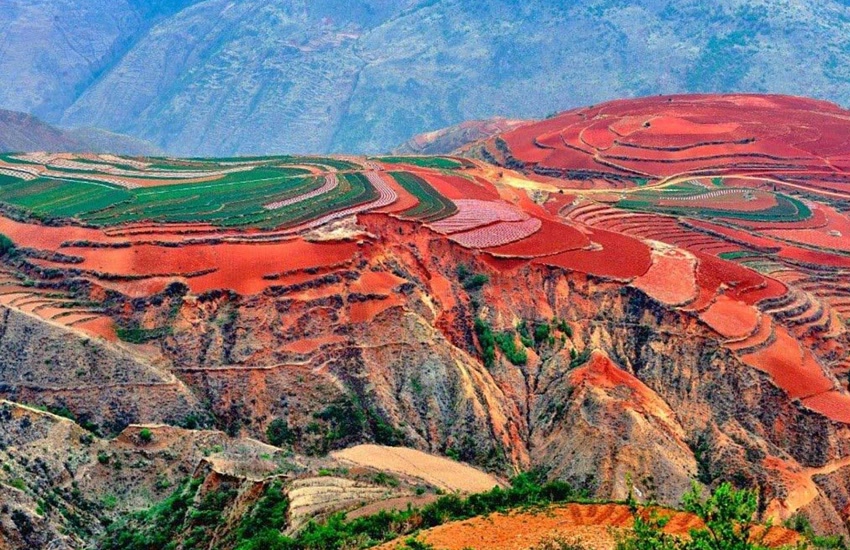
Days 5, 6 & 7: Lijiang – A UNESCO Gem
Next up is Lijiang, one of China’s most beautiful ancient towns. Take a high-speed train from Dali, which takes about two hours, or hire a private car for a scenic drive. Once you arrive, check into a traditional guesthouse in Lijiang Old Town. The sound of running water in the canals, the red lanterns above narrow alleys, and the snow-capped mountains in the distance give this town a magical feel.
Spend your first day wandering through the old town. Visit Sifang Square, climb up to Lion Hill for sweeping views, and explore the Mufu Palace, a reconstructed mansion of the Naxi rulers. Drop by the Dongba Culture Museum to learn about the Naxi people and their unique pictographic writing system. Early mornings and late afternoons are the most peaceful times to explore, so plan accordingly.
On your second day, head out to Jade Dragon Snow Mountain. It’s about a 40-minute drive from Lijiang. Book a shared minivan or private transfer through your hotel. Take the cable car up to Glacier Park, which sits at 4,500 meters above sea level. Bring a jacket because it gets very cold at the top. If you’re sensitive to altitude, you can buy oxygen canisters at the bottom or top stations. After you come down, catch the Impression Lijiang show, performed in a large outdoor arena. It features hundreds of dancers, live horses, and traditional music with the mountain as a dramatic backdrop.
On your final day, take it slow. Visit Shuhe Village, a quieter version of Lijiang that’s just 20 minutes away by taxi or bike. Enjoy a pot of tea in a shaded courtyard or browse shops selling handmade leather goods and silver jewelry. You can also walk to Black Dragon Pool back in Lijiang. If the sky is clear, the mountain reflects perfectly in the water. It’s one of the most iconic photo spots in the area. End your trip with a Naxi dinner and some live music played on traditional instruments. It’s the perfect way to say goodbye to Yunnan.
Tips for Planning Your Yunnan Adventure
| Tip | Description |
|---|---|
| Best Time to Visit | Spring (March-May) and autumn (September-November) are the best times to visit Yunnan, as the weather is pleasant and the scenery is at its most beautiful. |
| Accommodation | Yunnan offers a wide range of accommodation options, from budget-friendly hostels to luxury hotels. Book in advance, especially during peak season. |
| Transportation | High-speed trains are the best way to travel between major cities in Yunnan. Local buses and taxis are also readily available. |
| Currency | The currency in China is the Renminbi (RMB), also known as Yuan. |
| Language | Mandarin Chinese is the official language of China. English is not widely spoken, especially in rural areas. Learning a few basic Mandarin phrases will be helpful. |
Yunnan is a truly special place, a land of breathtaking beauty, vibrant culture, and warm hospitality. This 7-day itinerary is just a starting point. The possibilities are endless. So, pack your bags, embrace the adventure, and prepare to be captivated by the magic of Yunnan! You won’t regret it. I promise.
Now, who’s ready to book their flight? Let me know in the comments below if you have any questions, and I’ll be happy to help you plan your own unforgettable Yunnan adventure! Happy travels!
Discover our others itineraries guide:


